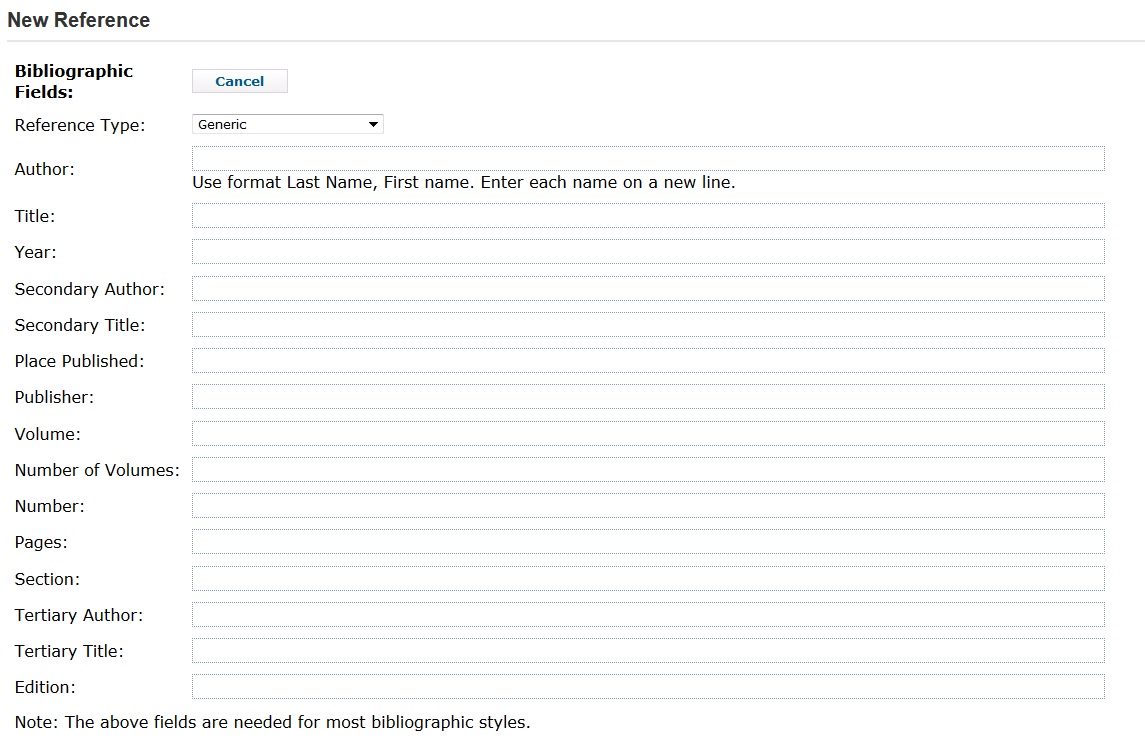

The “addiction” of cancer cells to glucose metabolism is confirmed by 18fluorodeoxyglucose ( 18FDG) positron-emission tomography (PET), which has shown that many cancers have higher uptake of glucose relative to normal tissues. They are much more apt to survive under hypoxic stress conditions and become more resistant to cell death, at the same time, promoting cell proliferation and metastasis. Exploiting this metabolic reprogramming, cancer cells utilize the low energy via glycolysis to fuel the malignant phenotype. This phenomenon is known as “aerobic glycolysis” or the “Warburg effect”, which is a usual event in multiple cancers.

Indeed, even though the TCA cycle and mitochondrial OXPHOS would generate more ATP, cancer cells choose to utilize less efficient glycolysis producing large quantities of pyruvate and lactate. Tumor cells take up much more glucose and rely on glycolysis, even in the presence of abundant oxygen. This metabolic state is quite different from that of normal cells.

Reprogramming of cancer metabolism is a well established hallmark of the transformed phenotype, which demands a rather high rate of glycolysis in order to satisfy the increasing requirements for macromolecular synthesis (such as nucleotides, lipid and protein) and maintain rapid proliferation.


 0 kommentar(er)
0 kommentar(er)
